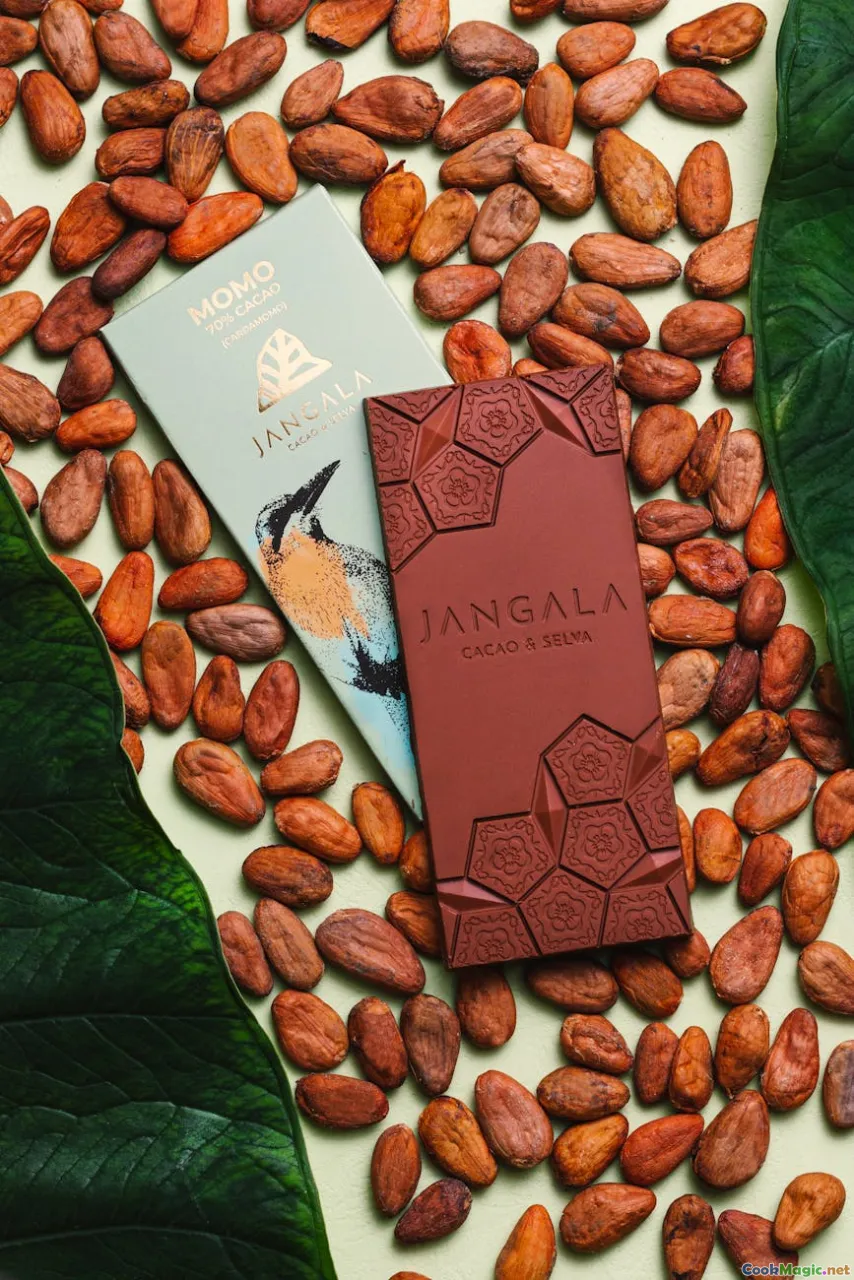Do Single Origin Chocolates Make a Noticeable Impact
8 min read Exploring whether single origin chocolates truly offer a distinctive taste experience and their impact on the modern chocolate landscape. April 28, 2025 02:55
Do Single Origin Chocolates Make a Noticeable Impact?
Imagine walking into a bustling artisanal chocolate shop, the air thick with the rich aroma of roasted cacao beans, a symphony of caramel, fruity, and nutty notes swirling together. Each bar on the shelf promises a journey—an exploration of terroir, tradition, and craftsmanship. But beyond the allure of packaging and marketing hype, do single origin chocolates truly make a discernible impact on our palate and understanding of chocolate?
The Rise of Single Origin Chocolate: A Brief History
The story of chocolate is as old as civilization itself, traced back to ancient Mesoamerican cultures like the Olmecs, Mayans, and Aztecs, who revered cacao as a divine gift. Traditionally, cacao was cultivated in regions where climate, altitude, soil composition, and local flora created unique growing conditions. However, it wasn’t until the late 20th and early 21st centuries that the concept of single origin chocolate gained prominence.
Single origin, or single estate, refers to chocolates made from cacao beans sourced from a specific geographic location—be it a single country, region, or even a single estate. This approach champions transparency, traceability, and a celebration of regional flavors, akin to wine or coffee terroirs.
The Science and Art of Terroir
The term "terroir"—borrowed from wine—describes how the environment where cacao is grown influences its flavor profile. Factors such as soil mineral content, microclimate, altitude, and farming practices impart distinctive characteristics.
For example, cacao from Madagascar often exhibits bright, fruity notes akin to berries, while beans from Venezuela might showcase nutty, roasted undertones. In Ecuador, you might find floral and citrus hints. These variations aren’t just marketing buzzwords; they are rooted in the complex interplay of nature and nurture.
Sensory Experience: Tasting Single Origin Chocolates
When tasting a single origin chocolate, the experience is immersive and layered. Unlike mass-produced, blended chocolates, which aim for consistency, single origin bars often deliver a nuanced palate of flavors:
- Visual: They may have a slightly different hue, from deep mahogany to reddish-brown, hinting at their unique composition.
- Aroma: As you break the bar, the first thing you notice is the aroma—intense, often floral or fruity, with hints of spice or earth.
- Taste: Upon the first bite, the flavor unfolds gradually. A Madagascar bar might burst with citrus and tropical fruit, while a Venezuelan one may reveal roasted nuts and caramel.
- Texture: Single origin chocolates often have a melt-in-your-mouth quality, with a fine, glossy finish and a lingering aftertaste.
The sensory journey underscores one of the core arguments for single origin chocolates: the elevation from generic sweetness to complex, expressive artistry.
Cultural and Social Dimensions
Beyond flavor, single origin chocolates foster a deeper appreciation for the cultures and communities behind their production. Many producers work directly with local farmers, ensuring fair trade practices and sustainable farming. This focus on transparency encourages consumers to connect with the story behind each bar, fostering respect for the craftsmanship and environment.
Moreover, the movement promotes biodiversity, as farmers often grow heirloom varieties of cacao, preserving genetic diversity and resisting monoculture practices.
Personal Reflections and Anecdotes
As a food writer and passionate chocoholic, I’ve had the privilege of tasting single origin chocolates from around the world—from the lush plantations of Ghana to the volcanic soils of Indonesia. Each experience has been transformative.
One memorable moment was tasting a 70% dark chocolate from a small estate in Ecuador. The bar’s vibrant citrus notes and floral aroma transported me to a sun-drenched orchard. It wasn’t just a treat; it was a narrative of the land, the climate, and the farmers’ dedication.
These encounters deepen one’s appreciation for chocolate as a craft, not merely a commodity. They challenge the notion that all chocolate is created equal and underscore the importance of origin in flavor development.
Do Single Origin Chocolates Make a Noticeable Impact?
The Flavor Perspective
From a sensory standpoint, the answer is a resounding yes. Single origin chocolates often deliver a complexity and depth that mass-produced counterparts cannot replicate. They invite consumers to taste a spectrum of flavors, much like appreciating a fine wine or a single malt whisky.
The Community and Sustainability Angle
Purchasing single origin chocolates supports small-scale farmers and sustainable practices, creating a positive social impact. It encourages transparency and ethical sourcing, vital in an industry often criticized for exploitative practices.
The Market and Consumer Awareness
However, the impact is also cultural and educational. As consumers become more aware of terroir and authenticity, they seek out products that tell a story. This shift influences producers to prioritize quality and provenance, elevating the entire industry.
The Limitations and Challenges
Not all single origin chocolates are created equal. Variability in fermentation, drying, and conching processes can influence the final flavor, sometimes leading to inconsistent quality. Additionally, cost remains a barrier; single origin bars are often pricier, limiting accessibility.
Final Thoughts: A Personal Call to Experience
Whether you’re a seasoned connoisseur or a curious newcomer, exploring single origin chocolates is a journey worth undertaking. It’s about more than taste—it's about understanding land, culture, and craftsmanship. Each bar is a story, a piece of a larger narrative woven into the fabric of global agriculture.
So next time you reach for a chocolate bar, consider choosing one that proudly bears its land of origin. Let it be a portal into a world of flavor, tradition, and sustainability. Because in the realm of chocolate, the impact of origin is not just noticeable—it's transformative.
Embark on this sensory adventure and discover how single origin chocolates can redefine your appreciation for this beloved indulgence.









